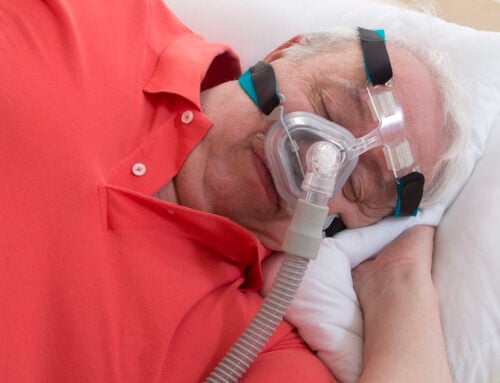Freezing Away Skin Problems
Whether the concern is warts or skin tags, many people will undergo cryotherapy to remove damaged tissue. Cryotherapy is the process of applying liquid nitrogen topically to freeze the affected area for treatment. While skin warts are a common reason for undergoing the procedure, superficial skin cancer and noncancerous keratosis can also be treated with this product. In most cases, the process is relatively quick, requiring minimal preparation. To ensure the treated area heals efficiently, aftercare is essential.

Keep clean and carry on
As with any skin issue, keeping the affected area clean is always critical to prevent infection. Healing takes 7-10 days, and with proper care, scarring usually doesn’t occur. On the day after the procedure, use only fragrance-free gentle soap and water to clean the treated area. Avoid scented soaps and lotions for at least 10 days after the procedure.
Airflow is important
While some may think applying a bandage is the smartest idea, the opposite is true. Allowing the treatment site to be exposed to the air can aid in healing. However, the patient can use a bandage if bleeding or drainage is present. Furthermore, for children who might be tempted to pick at the site, a bandage is recommended.
Add in moisture
Science shows moisturized skin can heal better than dry skin. Use a topical occlusive on the treated area every day for 2 weeks to prevent crusting or scabbing from occurring. If a scab does appear, resist the urge to pick at the scab. Instead, apply the occlusive to soften the scab until the crust falls off independently.
Practice good sun health
Keep in mind that after a liquid nitrogen treatment, the skin is going to be photosensitive. After the area has fully healed, invest in a good broad-spectrum sunscreen that offers a sun protective factor (SPF) of at least 30. Applying sunscreen frequently will aid in preventing scarring in the new area. Covering the treated area with clothing is another approach.
Discoloration is normal
While the side effect may be unpleasant, discoloration at the treatment site is normal. Depending on the individual, the area may be lighter or darker than the rest of the skin. Pinkness and redness are also common up to 1 year after the procedure is completed, and in some cases, the discoloration can be permanent.
When to call a doctor
Complications are rare, but some individuals may have an adverse reaction to treatment. A high fever, chills, continued pain at the treatment side, increased drainage that changes color, or bleeding that can’t be stopped are signs that medical intervention is needed. Additionally, swelling beyond the treated area, a bad smell, or skin that’s hot to the touch should also warrant a call to the doctor.
No crying with cryotherapy
Most people will recover from liquid nitrogen treatments with minimal side effects besides initial irritation. Keeping the area clean, allowing fresh air to reach the site, and moisturizing as needed can all aid in healing. This quick and easy procedure can provide long-lasting results.




